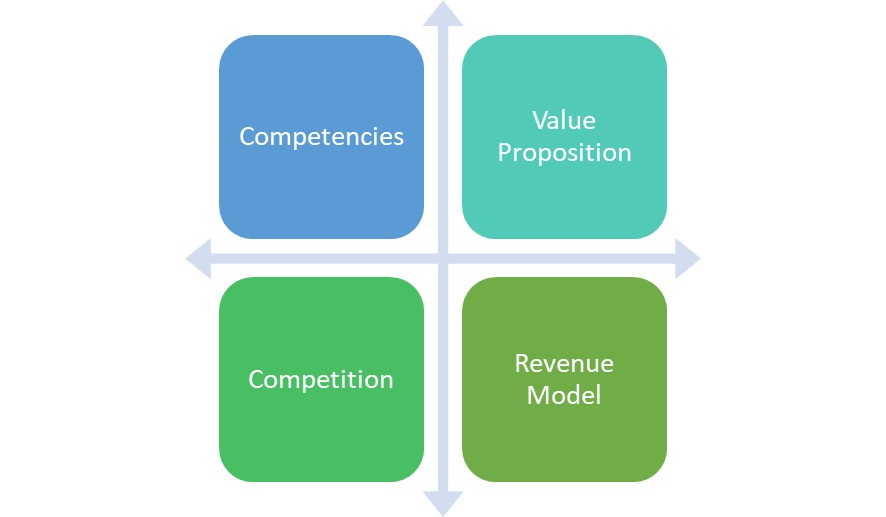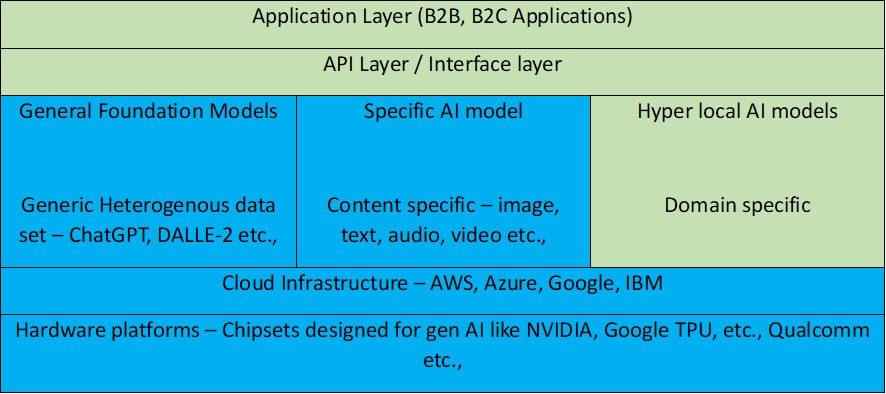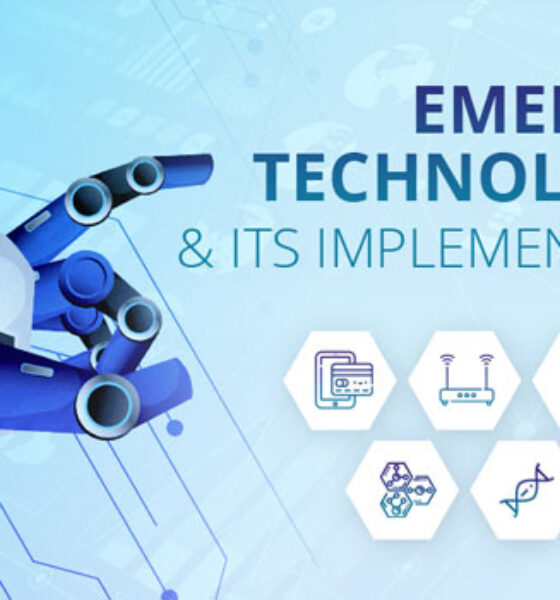Generative AI Business Models: Accelerating Growth and optimizing cost

The early success of generative AI is encouraging more widespread use. Innovative new enterprises, as well as personalized and customer support services, are becoming more and more popular. As an emergent technology, generative AI is expanding the horizons of various sectors and professions. In order to significantly influence business growth, business models that particularly use generative AI are essential.
Emerging new businesses using Generative AI
Personalized food recipes: GE is creating personalized food recipes; the conventional recipes get a twist. Using available vegetables, meat, spices, and the taste that we like, create our own recipes!
Generative AI in elderly care services: The elderly care services market size is $1100 billion and is expected to grow at 6.5% YoY. As the elderly population is increasing worldwide, there is a need to get more support in this segment. It is encouraging to see that companion robots with conversational AI, assisting elderly people physically and assisting the people by understanding the context, come as a value addition from generative AI.
Plant-based food recipes are emerging as one of the new industries. While the conventional meat industry market is $1.4 trillion, Generative AI is helping to create alternative plant-based recipes that resemble conventional meat products and is seeing some adoption. Even though this field is still in a nascent stage, we can see more novelties coming in this area.
While game development is one of the beneficiaries of Generative AI, such as creating novel landscapes, characters, etc., Generative AI touches the boundaries of product engineering as well. Generative AI is helping to come up with different design combinations, such as light-weight wheels for race cars! It is also helping to change the processes to more additive rather than conventional production designs!
Generative AI Business model for driving growth

The above is the simplified business model for easy adoption. These four tenets play a key role in creating a generative AI business model.
Value proposition:
Creativity, Experience, and Efficiency (CEE Model): For example, let’s look at what Airbnb offers. This lets you stay in interesting spots, experience the culture of the area, and make memories that last a lifetime while saving money. This includes all three parts of CEE.
Booking.com and AWS are working together to make vacation plans that will WOW travelers. Booking.com uses generative AI to create brand-new travel arrangements for people to enjoy. As we all know, everyone wants a unique experience based on their style, time, and money! Gen AI brings something new to the table in a very personal way! While Airbnb gave people a creative way to experience the culture and history of the area, what Booking.com does is change the way people plan their trips. If we look at the value chain, it starts with planning, then picking out fun places to visit, making reservations, being cost-effective, and making sure the promises are kept. It’s important to deal with all the points along the value chain. When these points are dealt with, new markets and growth possibilities appear.
Competencies:
Core Competencies and Resources: The CCR Model. The gen AI tech stack is one of the most important elements that we need to understand. Simply put, the blue-shaded boxes are those big businesses like Microsoft, Amazon, Google, and others built. These layers take a lot of money, time, and resources to build. On the other side are the green boxes, which are where the domain-specific and application-specific boxes are. When we make Gen AI apps, we will have to rely on blue-shaded boxes and will have less control over how well they work and how much they cost.
The people in charge of the business can play around with the green boxes, which give us more control over cost, performance, innovation, and personalization.
Use cases are only one part of AI in general; it’s important to understand these kinds of details before making a business choice. Business owners need ROI. So, leaders have to decide what skills to build and hire, as well as what tools are needed to give the end customer what they want.

Competition:
Customers, investments, and networking are all part of the CIN model. It’s getting more important to pick a customer segment because investing in more than one customer group means more money and a longer release time overall. What investment is going to give you an edge over your competitors? As an example, NVIDIA, IBM, and Google are all working together with Adobe Firefly. Partnerships will be one of the most important things that are put into Gen AI.
Revenue Model:
SaaS-based services are becoming more common because of limitations in software architecture. Therefore, more pay-per-user or pay-per-use models will be used in a business-to-consumer setting.
In the business-to-business (B2B) market, pay-per-outcome contracts are more common. For instance, in customer service, the number of questions that are handled automatically could be thought of as an outcome.
Large transformative deal opportunities
- Global corporations with a wide geographic reach and several internal systems in different languages.
Opportunity:
Generative AI has the ability to create material in multiple languages and formats. This will help to offer individualized services and support regional languages. One use case is this one. There are several examples of these application cases and significant market prospects.
Emerging opportunities
-
- For service companies: The following are some of the emerging opportunities:
- Developing domain-specific applications,
- Integrating business applications with the foundational models
- Modernization of legacy systems
- User support, etc.
- Technology consulting on general AI adoption and implementation.
- For product companies
-
- Developing product designs and creating new services with newer revenue models.
- As Gen AI is still evolving, a progressive implementation of Gen AI will help product companies become more creative, innovative, and cost-efficient while achieving a faster time to market.
- For professionals
- As adoption of generative AI increases, the demand for technical architects, leaders and programmers also will increase significantly.
- For service companies: The following are some of the emerging opportunities:
Challenges of adopting Generative AI
- Security is a main concern
- Customized models: creating customized models takes a lot of time and investment.
- Expertise in creating models: shortage of skilled pool to create various domain-specific and content-specific models.
- We are still in the early stages of exploring light-weight, affordable models. The big players still dominate this market.
Summary
Several market research studies say that the CAGR for Gen AI will rise from 30% to 40% over the next few years. It is currently worth about $10 billion. McKinsey says that general AI will have an enormous effect on the economy, amounting to trillions of dollars. This part of the market is sure to see a lot of growth for at least the next three years. The IT sector will undergo a change in terms of changing the strategy, modernizing, and optimizing. There will be more growth and commoditization in the coming years.
You may be interested in : https://www.isacnewton.com/the-new-competitor-generative-ai-and-the-new-hope/





